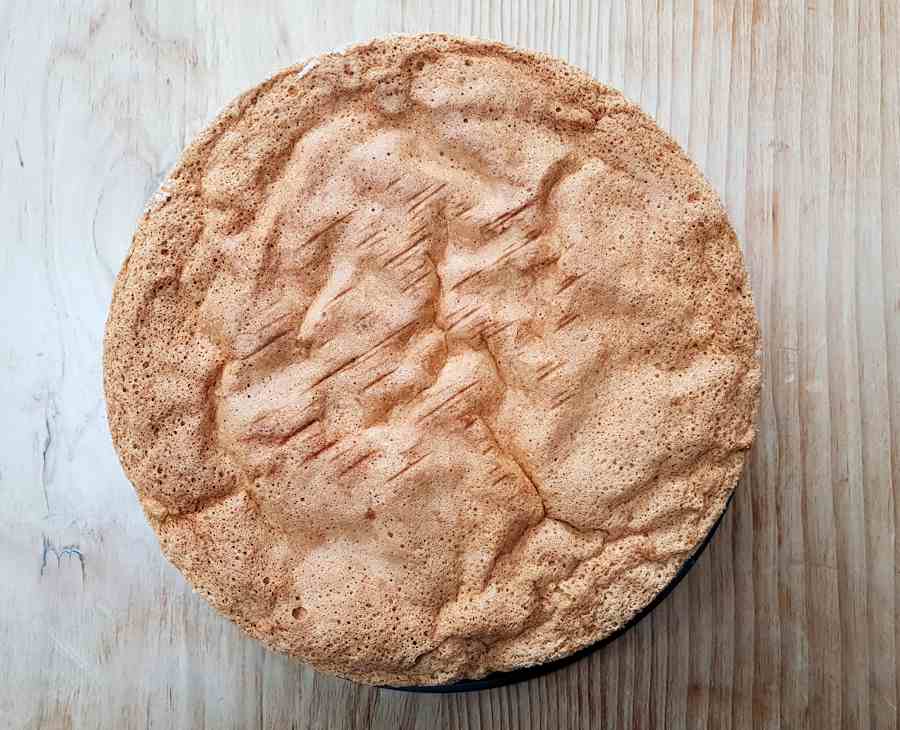Biscuits or gateau de Savoie is the lightest, airiest, fluffiest sponge that ever existed. Popular in Victorian times as Savoy cake, it was baked in elaborate, ornamental moulds.

Biscuit is not always a biscuit
Biscuit is a very peculiar word. Most people know or can guess that its literal meaning is ‘twice cooked’. But apart from the Italian biscotti, which as I guess originated the baking vocabulary all over the place, none of the products thus denominated is cooked more than once.
Even the French, ever the purists, have adopted the word: biscuit de savoy is the rare French specimen to bear a foreign name; perhaps it’s due to the proximity of the Italians and the Swiss. It is not anywhere near to being cooked twice: it’s a delicate and airy, butterless sponge.
Biscuits de Savoie and its cousins
There are relations to biscuit de Savoie all over the place: genoise, viennoise; castella, the peculiar Portuguese-Japanese marriage; chiffon and angel food cakes in America and probably plenty more all over the world.
The ones listed above remarkably aren’t named after twice-cookies but after the native regions (Genoa, Vienna, Castile) or the poetic substance they resemble (chiffon, angel food).
English biscuits are biscuits, except when they're American
But the English language goes back to the Italian roots with biscuits: small, individual, dunkable cakey objects, albeit cooked once, usually. While the Savoyarde, Genovese et al ‘biscuit’ is called sponge. And it really is a pound cake, not biscuit.
The latter, incidentally, in America is savoury, served with gravy as a side for meat mains. How did that ever come about? Their biscuits resemble what we call scones except we don’t pour gravy over ours.
A German cake is a cake
The Germans complicate it further: their biscuit-the-cake is Keks. Keks, derived clearly from CAKES, taking the literal meaning away from another baking related word. And it also can be called Biskuitkuchen which just snowballs the linguistic confusion to the point where, frankly, I’d much rather bake the things rather than investigate them.
The cake that hangs
Biscuit de Savoie is what I call a grown-up cake: it calls for separating eggs, and precisely so as the whites need to be beaten to a stiff meringue. The yolks constitute the base of the batter: beaten with the sugar and stirred with flour.
The final folding of the whites into the batter is a precarious operation as the mix must not deflate. If you don't trust your spatula skills, use a hand whisk very gently.
The key element is inverting the tin with the baked sponge onto a rack so that the airy structure inside doesn't collapse. That's why the tin needs to be greased and sprinkled with sugar, to provide the grip for the sponge to hang suspended in the tin. If you only butter the tin, the biscuit will collapse onto the rack in a miserable heap.